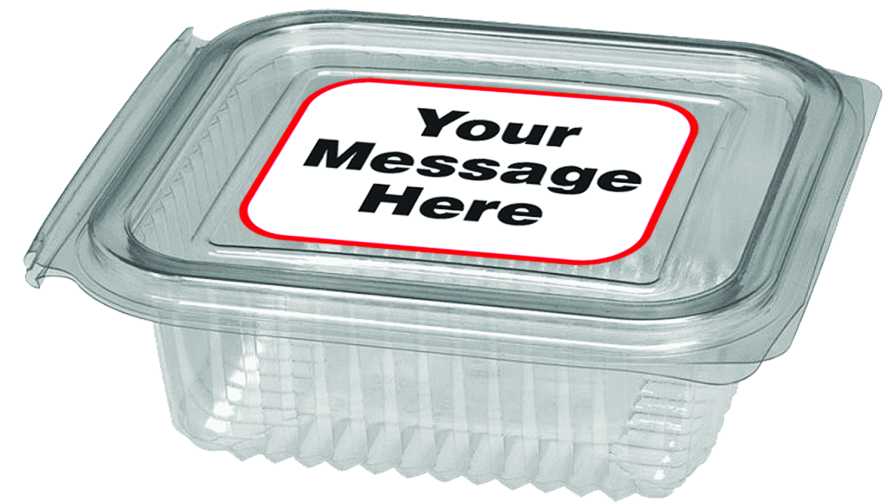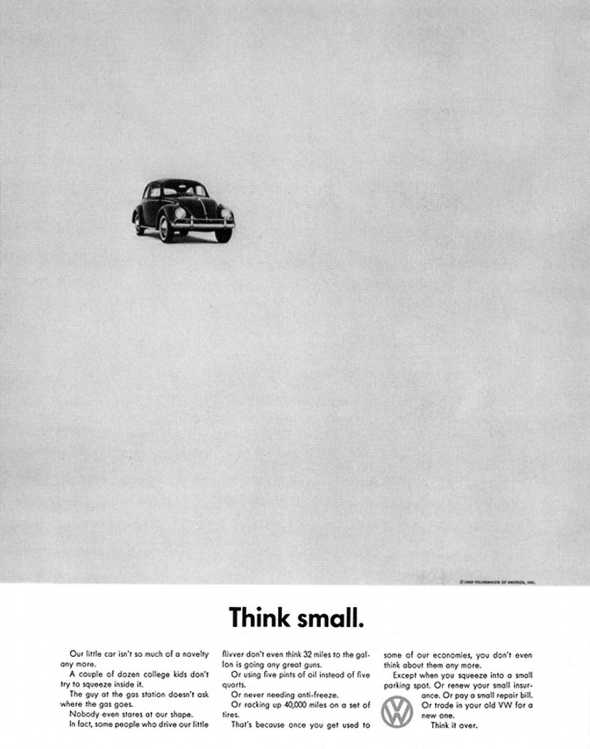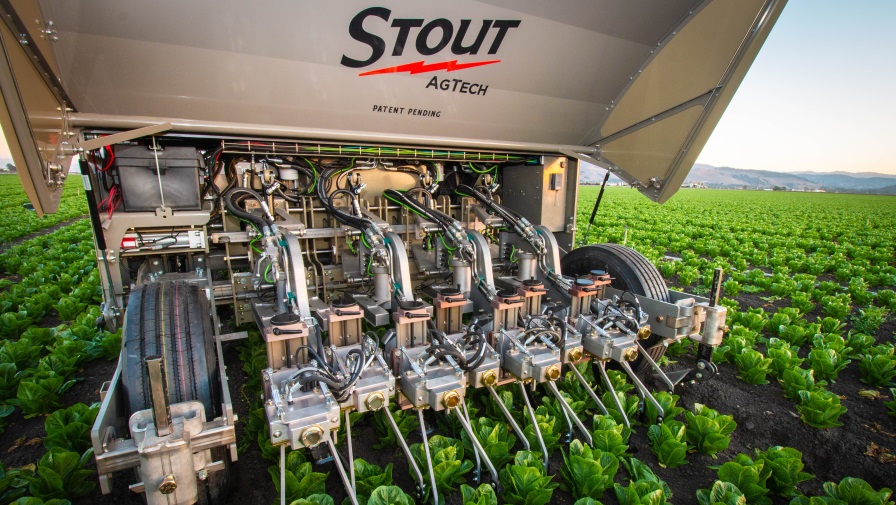Packaging: A Powerful Way for Farmers to Reach Consumers

Don’t dismiss the importance of messaging and appearance in packaging.
As the next generation of commercial produce growers, you face a quandary. You have very few opportunities to connect with consumers. But consumers’ attitudes to farming have a major impact on you as growers. So what can you do with the most reliable communication vehicle available — your packaging?
Understand Both the Limits and Power of Packaging
Want to change consumers’ minds? Want to convert them into pro-grower evangelists? Then you’ll need to work with your fellow growers and the rest of the supply chain on a marketing campaign. You simply aren’t going to reach those goals with packaging.
But packaging does have a lot of power. It can tip the undecided shopper into buying the product. It can make him or her feel they made the right choice in buying your tomatoes or grapes. And it can subtly feed a more positive image of produce growing.
That’s a tall order when you look at what space is left over after required labeling is included.
Here are some tips to help you figure out what to do with the tiny space available to you:
Pick Your Images Carefully
Images grab attention first. Make sure any images you use say what you want them to say. Is it easy to recognize at a glance? Will it reproduce well, even if it’s shrunk to less than an inch square?
Keep in mind that fonts can be images, if they are distinct from the rest of the package. Your logo, even if it doesn’t have photography, will act as an image.
Any Images Should Be Positive
Think carefully about promoting something that can be taken to imply that all other produce is suspect. “No GMOs” is a good example of this. If that is a message you have decided will help you sell more of your produce, you can include it in the small print. The pickiest buyers will read the fine print. For the rest of the consumer world who assume they aren’t at risk of buying GMOs, there’s no need to make that a selling point.
There are plenty of other messages you want to sell: flavor, freshness, locally grown.

The 1959 VW Beetle ad is a famous example of how a simple message and white space can be of impact.
Include Your Web Address
Many buyers, especially those starting a family, want to know more about the food they consume. They want to simultaneously be reassured and get info that makes them feel more in control.
Explain your growing practices in relatable language on your website. You won’t have room for a treatise on your packaging, but you can invite consumers to learn more about how you grow via your web address and related social media outlets.
Explain how farming has changed in the past decades, how there are many more tools available to you to protect your crop from pests, and how modern technology helps you use as little water as possible.
Also explain how old methods like cover crops are coming back, that nurturing healthy soil is vital to any farm’s ability to survive in the long term.
Consider Listing the Variety Name
The conventional wisdom is that consumers don’t pay attention to different fruit or vegetable varieties. They may care about if it’s a cherry tomato or slicing tomato, but they can’t tell the difference between one cherry tomato and another.
But that bit of conventional wisdom is weakening. Consumers are increasingly wanting to know how they can buy the same flavor from shopping trip to shopping trip.
This trend is most obvious in apples. There has always been some awareness of different flavors — ‘Granny Smith’ is distinct from ‘Golden Delicious,’ which is different yet again from ‘Red Delicious.’
But consumers are now seeking out individual varieties. It’s not uncommon for strangers to confer over a bin of ‘Kiku,’ ‘Honeycrisp,’ and ‘Fuji’ about which one is tastiest.
Consumers aren’t yet bringing that same awareness to several crops (peppers, cucumbers, and berries come to mind), but they are seeking out more choices for oranges, eggplant, and leafy greens.
If you are growing a new variety that has a distinctly improved flavor, be sure to notify your retail customers so that you can work on a marketing campaign together.
Don’t Fill Every Available Space
Have you ever seen an advertisement that was chock-a-block with images, colors, words that are bolded, underlined, and in italics? Your eye doesn’t know where to look. It makes all those words almost meaningless.
One of the most famous print ads of all time was for the 1959 VW Beetle. The page was mostly blank, with a small photo of the car all by itself. Far below it were the words “Think small.” Then the selling copy describing the car followed, as was typical of the era.
That ad showed the power of what designers call “white space,” or all that paper that doesn’t have a thing on it.
That’s a real challenge for growers with small labels. Once you’ve worked with your designer and you have a label that is packed with type, start removing entire sections one at a time until you have the minimum type left that still conveys what you want it to convey.








